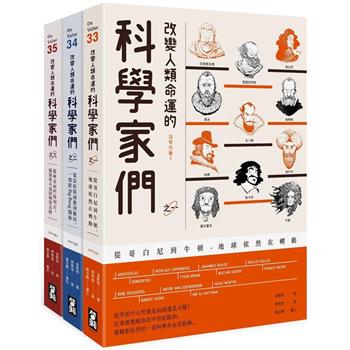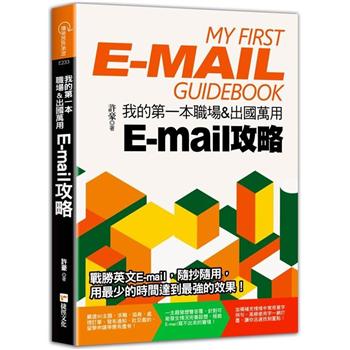This book explains the challenges and advancements in cutting precise cylindrical shapes on difficult materials through spark erosion. Titled "Spin while Burn," it addresses the drawbacks associated with this process, including unsatisfactory surface finish and limited productivity. Despite utilizing advanced computing and statistical optimization methods, achieving the ideal balance between material removal rate (MRR) and surface quality remains elusive. In response, the book introduces a hybrid ultrasonic-assisted approach in the wire electrical discharge turning (WEDT) process. By integrating a rotating workpiece with ultrasonic vibration, the authors evaluate its impact on MRR and surface finish. Through meticulous design experiments and statistical analysis, they explore various cutting parameters and machining paths. The book highlights the characterization of machined surfaces through elemental analysis and surface morphology evaluations. The results demonstrate the positiveeffects of integrating ultrasonic vibration into WEDT, even without optimized ultrasonic parameters. By reducing electrode wire debris and employing multi-objective parameter optimization using the genetic algorithm, significant improvements are achieved in MRR and surface roughness compared to conventional WEDT. "Spin while Burn" consists of five chapters, delving into the challenges, history, principles, performance, and future perspectives of the Spin-while-Burn process in manufacturing. This comprehensive book offers valuable insights into enhancing surface quality and productivity in the cutting of precise cylindrical shapes on challenging materials through spark erosion.
| FindBook |
有 1 項符合
Spin-While-Burn: The New Approach for Tiny Medical Device Fabrication的圖書 |
 |
Spin-While-Burn: The New Approach for Tiny Medical Device Fabrication 作者:Kasim 出版社:Springer 出版日期:2024-04-05 語言:英文 規格:平裝 / 普通級/ 初版 |
| 圖書館借閱 |
| 國家圖書館 | 全國圖書書目資訊網 | 國立公共資訊圖書館 | 電子書服務平台 | MetaCat 跨館整合查詢 |
| 臺北市立圖書館 | 新北市立圖書館 | 基隆市公共圖書館 | 桃園市立圖書館 | 新竹縣公共圖書館 |
| 苗栗縣立圖書館 | 臺中市立圖書館 | 彰化縣公共圖書館 | 南投縣文化局 | 雲林縣公共圖書館 |
| 嘉義縣圖書館 | 臺南市立圖書館 | 高雄市立圖書館 | 屏東縣公共圖書館 | 宜蘭縣公共圖書館 |
| 花蓮縣文化局 | 臺東縣文化處 |
|
|
圖書介紹 - 資料來源:博客來 評分:
圖書名稱:Spin-While-Burn: The New Approach for Tiny Medical Device Fabrication
內容簡介
作者簡介
MOHD SHAHIR KASIM, is a Professor in the Faculty of Innovative Design and Technology, Universiti Sultan Zainal Abidin. He received his BEng from Coventry University, United Kingdom, MSc. from Universiti Putra Malaysia in manufacturing system engineering and PhD in mechanical and material engineering from National University of Malaysia. He has six years of industrial experience in sugar refinery, petrol chemical and aircraft manufacturing and as visiting professor at Tokushima University, Japan. His research interest includes high speed machining on Inconel 718 and process optimization.
SAIFUL BAHRI MOHAMED, is a professor at the Faculty of Innovative Design and Technology, Universiti Sultan Zainal Abidin (UniSZA), Terengganu, Malaysia. Presently, he is the Dean of the Faculty of Design and Innovative Technology, UniSZA. He completed his studies at Sultan Zainal Abidin Religious College in 1989, and earned an Industrial Technology diploma. Two years later, Dr. Saiful Bahri graduated with a Bachelor of Manufacturing Systems Engineering (Hons) from Newcastle Upon Tyne Polytechnic, UK. He then was employed for two years as an Engineer in Product Support Development in ASTEC Pekan Sdn. Bhd. Utilizing his bachelor’s degree. He graduated in 1995 and completed his studies at Loughborough University of Technology, UK and was awarded an MSc in Science (Computer integrated manufacturing). Then, he became a member of KUSZA as a junior lecturer program and pursued his studies at Salford University, UK and was awarded the title of a PhD in Manufacturing in the year 2000
Sustainable Technologies for Food Waste Management
Control Theory for Practical Applications: With MATLAB Demonstration Programs
Food Security, Nutrition and Sustainability Through Aquaculture Technologies
Novel Nanocarriers for Skin Diseases: Advances and Applications
Advances in Autonomous Navigation Through Intelligent Technologies
Nonthermal Light-Based Technologies in Food Processing
Advances in Computational Intelligence Systems: Contributions Presented at the 23rd UK Workshop on Computational Intelligence (Ukci 2024), September 2
The Amateur Plankton Researcher’s Practical Guide: How to Study Plankton at Home
The Challenges of Era 5.0 in Accounting and Finance Innovation
Electrimacs 2024: Selected Papers - Volume 1
Control Theory for Practical Applications: With MATLAB Demonstration Programs
Food Security, Nutrition and Sustainability Through Aquaculture Technologies
Novel Nanocarriers for Skin Diseases: Advances and Applications
Advances in Autonomous Navigation Through Intelligent Technologies
Nonthermal Light-Based Technologies in Food Processing
Advances in Computational Intelligence Systems: Contributions Presented at the 23rd UK Workshop on Computational Intelligence (Ukci 2024), September 2
The Amateur Plankton Researcher’s Practical Guide: How to Study Plankton at Home
The Challenges of Era 5.0 in Accounting and Finance Innovation
Electrimacs 2024: Selected Papers - Volume 1
|











